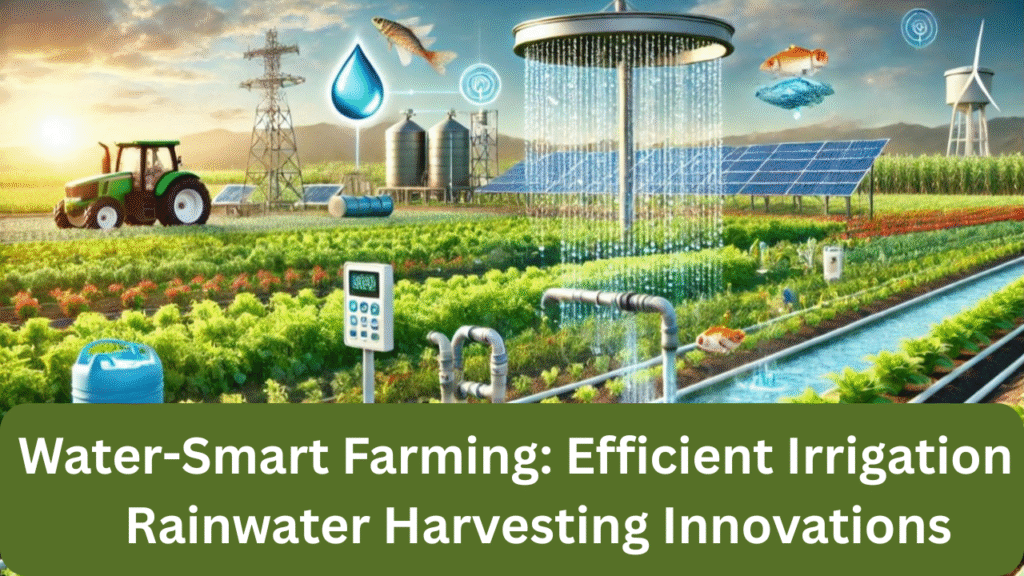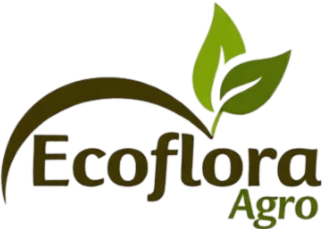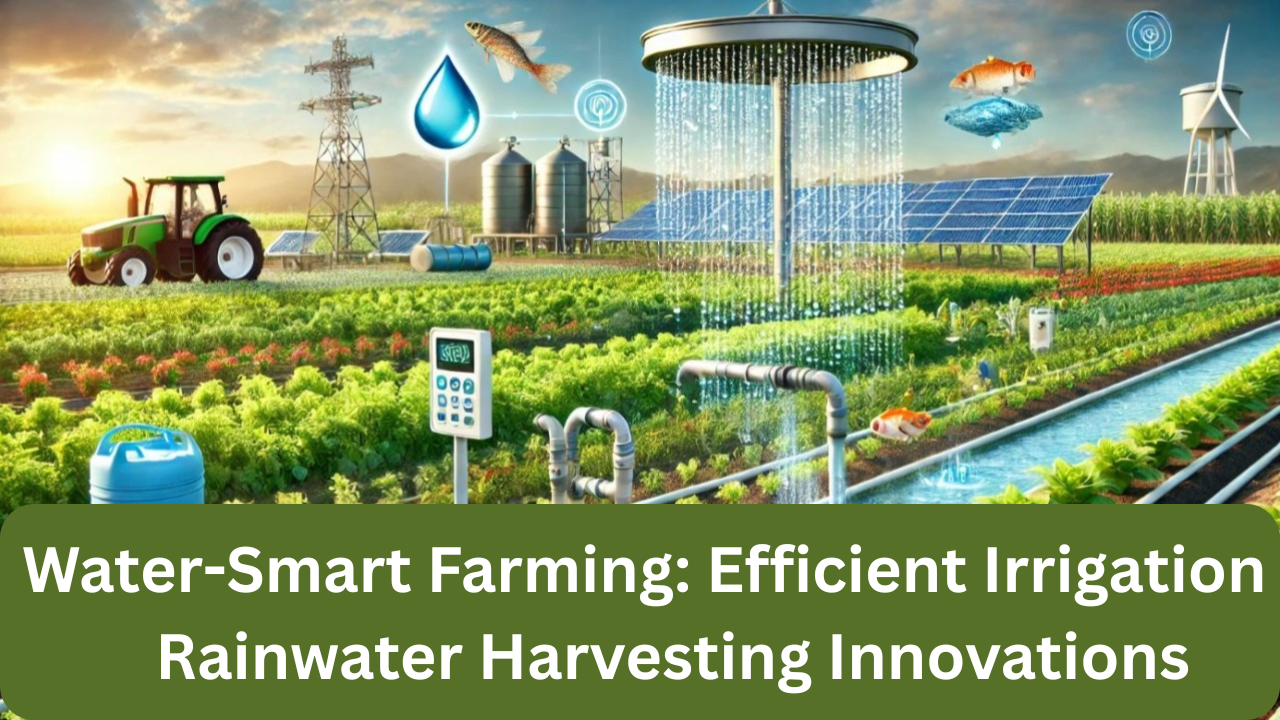
As freshwater becomes an increasingly scarce resource due to climate change, population growth, and agricultural expansion, the spotlight has shifted to water-smart farming. This approach focuses on improving water-use efficiency through modern irrigation systems and rainwater harvesting innovations, ensuring that crops thrive with minimal waste.
In this article, we explore key water-saving technologies, real-world success stories, and how smart water strategies are reshaping sustainable agriculture around the world.
What Is Water-Smart Farming?
Water-smart farming refers to agricultural practices that optimize water usage while maintaining or increasing productivity. It includes efficient irrigation, water conservation, drought-resilient crops, soil moisture management, and harvesting natural rainfall.
Why It Matters:
- Agriculture uses up to 70% of freshwater globally.
- Water stress is intensifying in arid and semi-arid regions.
- Efficient water use is key to climate resilience and food security.
Core Components of Water-Smart Farming
| Component | Description | Purpose |
|---|---|---|
| Drip Irrigation | Delivers water directly to plant roots via tubing | Prevents evaporation, saves 30-70% water |
| Sprinkler Systems | Simulates rain using rotating sprinklers | Uniform coverage for large fields |
| Rainwater Harvesting | Captures and stores rainfall for agricultural reuse | Reduces groundwater dependence |
| Soil Moisture Sensors | Detect soil moisture and automate watering schedules | Prevents overwatering and water stress |
| Contour Farming | Uses natural topography to slow water runoff | Increases soil moisture and prevents erosion |
| Micro-catchments | Small structures to collect and hold rainwater near plants | Boosts local water availability |
Efficient Irrigation Methods That Are Changing the Game
1. Drip Irrigation Systems
One of the most efficient systems, drip irrigation delivers water drop by drop directly to the roots, minimizing evaporation and deep percolation losses.
- Ideal for: Vegetables, orchards, vineyards
- Water savings: Up to 70%
- Cost: High initial investment, but rapid payback through savings
2. Sprinkler Irrigation
This system mimics rainfall, providing even distribution over crops. Though more water-intensive than drip, it’s effective for cereals and pastures.
- Ideal for: Grain crops, large open fields
- Water savings: 30–50% compared to flood irrigation
- Advantage: Easy to mechanize and scale
3. Subsurface Irrigation
Water is delivered underground through perforated pipes, ideal for areas with high evaporation rates.
- Long-term sustainability: Reduces weed growth and evaporation
- Soil health: Maintains optimum root zone moisture
Rainwater Harvesting: Turning Drops into Lifelines
Rainwater harvesting involves collecting runoff from rooftops, greenhouses, or open fields and storing it in tanks, ponds, or underground cisterns.
Types of Rainwater Harvesting Systems:
- Rooftop Systems: Use gutters and downspouts to direct water into tanks
- Surface Runoff Collection: Redirects field runoff into dugouts or lined ponds
- Check Dams and Recharge Pits: Recharge groundwater in dry areas
Benefits:
- Supplies water during dry spells
- Reduces soil erosion
- Supplements irrigation and livestock use
Water Efficiency in Practice: Case Studies
| Region | Innovation Applied | Result Achieved |
|---|---|---|
| Rajasthan, India | Rooftop harvesting + drip irrigation | 50% yield increase in arid zones |
| Israel | Subsurface irrigation | World’s highest yield per drop of water |
| Kenya | Micro-catchments and mulch | Improved food security and 40% water savings |
| California, USA | Soil moisture sensors | Reduced over-irrigation and improved crop health |
| Brazil | Sprinklers on timer systems | Saved 35% water on sugarcane farms |
Barriers and Solutions
| Challenge | Mitigation Strategy |
|---|---|
| High initial costs | Government subsidies, microfinance, cooperatives |
| Lack of awareness | Farmer field schools, demo farms |
| Maintenance and clogging | Regular training and technical support |
| Climate unpredictability | Combine systems with drought-resilient crops |
Overview Table: Snapshot of Water-Smart Farming
| Aspect | Details |
|---|---|
| Primary Goal | Maximize crop per drop |
| Key Innovations | Drip, sprinkler, rainwater harvesting, sensors |
| Main Benefits | Water savings, improved yields, resilience |
| Global Leaders | Israel, India, Kenya, USA |
| Economic Impact | Reduced irrigation costs and higher productivity |
| Environmental Benefit | Less aquifer depletion, erosion control |
The Road Ahead: Scaling Water-Smart Agriculture
To truly scale water-smart farming:
- Governments must expand subsidy programs and include water-smart technologies under public schemes.
- Startups and AgTech firms should focus on low-cost, solar-powered irrigation solutions.
- Farmer-led water user associations can manage shared irrigation resources sustainably.
As droughts become more frequent and aquifers dwindle, no agricultural transformation is possible without rethinking how water is used.
3 One-Line FAQs
Can water-smart farming work in rainfed regions?
Yes, especially with rainwater harvesting and soil moisture conservation methods.
Are smart irrigation systems affordable for smallholders?
Yes, with subsidies and innovations like gravity-fed drip kits, they are increasingly accessible.
What’s the most water-efficient irrigation method?
Drip irrigation is considered the most efficient for targeted water use.

